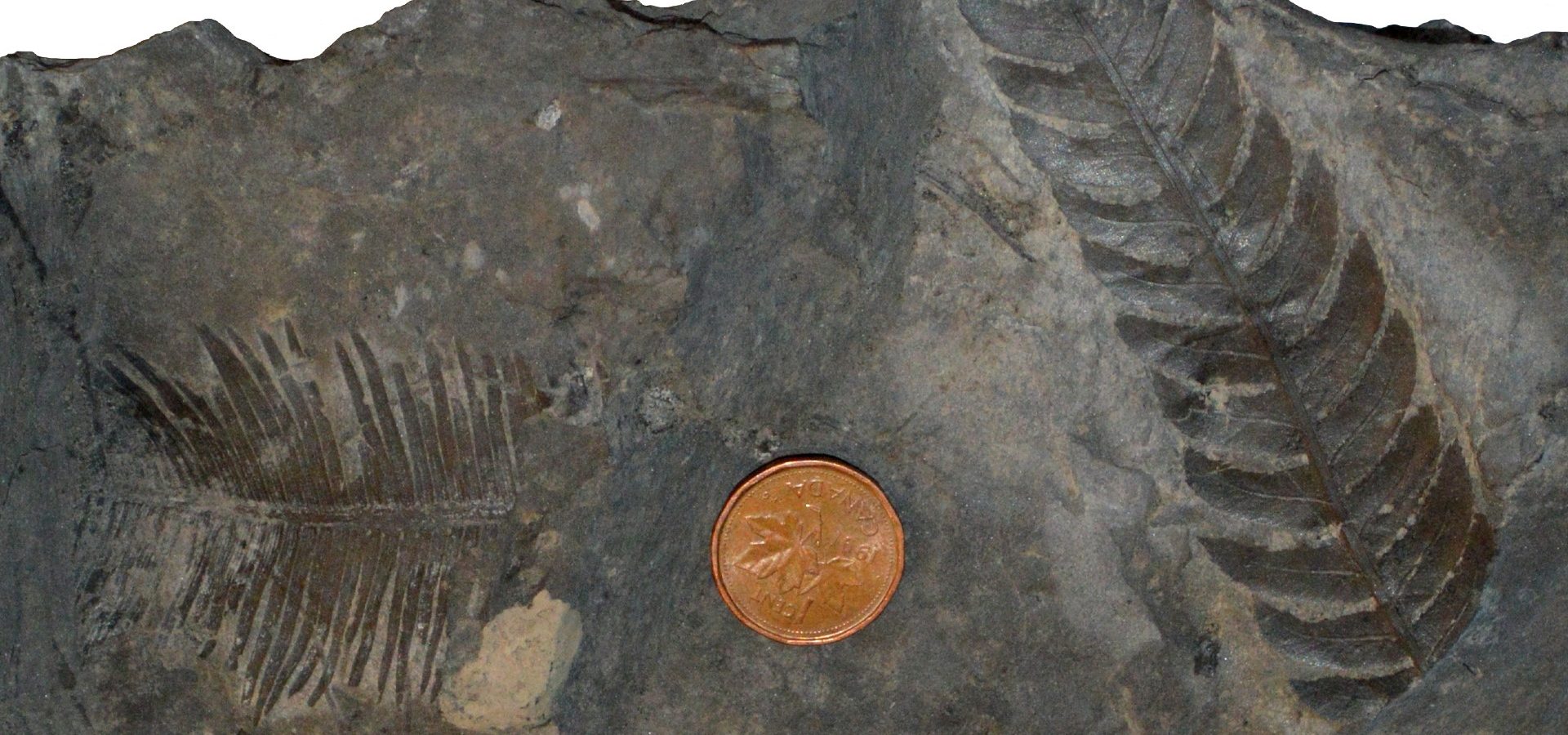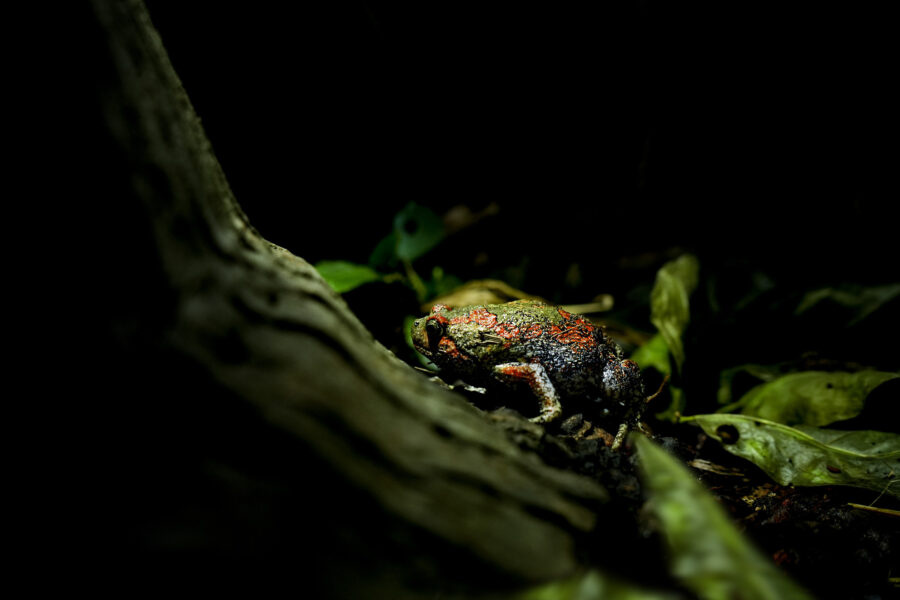Time travel is a fascinating subject. Imagine if a remnant of the past allowed us to do so! The relic we are referring to is a fossilised plant. Fossils are the remains of life forms which have been preserved for millions of years in the geological layers of planet Earth. While they may not actually physically transport us to the prehistoric times, each fossil can definitely open a window to the past.
Like all living organisms, plants too are potential fossils. But as is true for all life forms, not every plant becomes one. Plants came to Earth before animals did, and they continue to be one of the most resilient kingdoms when it comes to adapting to various environments, including inhospitable ones. Today, researchers and palaeontologists are studying plant fossils because they are trying to talk to us. But what are they saying?
The branch of palaeontology which deals with plant fossils is known as palaeobotany. Studying plant fossils has provided answers about the Earth’s geological and ecological history, as well as the history of its climate. Most importantly, it tells us about the types of vegetation that were found during a particular period of time. For instance in South Africa, hunting for plant fossils led scientists to come across Glossopteris, a group of plants which was found on the planet before dinosaurs even came into existence (around 300 million years ago)!
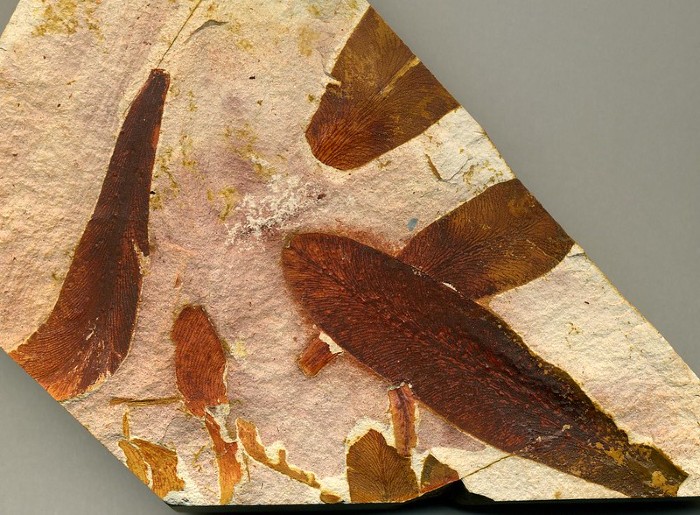
This genus of trees dominated the vegetation and grew in vast swamps along with ancient plant groups such as ferns and club mosses. The Glossopteris genus was found in the southern supercontinent of Gondwanaland, which includes the present day regions of Africa, Australia, Antarctica, South America and India.
According to data gathered by scientists, the Glossopteris fossils are found across the African continent, including Zimbabwe, Namibia, Mozambique, Tanzania, Kenya and even Madagascar. A study of these fossils reveals that they grew in a range of biomes and varied from short shrubs to immensely tall trees. A lesser-known fact about the Glossopteris is that their presence was used as evidence to establish the ‘continental drift’ theory in the mid-20th century.
We know that organic material gets decomposed because of nature’s efficient recycling system. But for fossils such as the Glossopteris, the acidic water in the swamps prevented the activities of bacteria, fungi and other organisms to decompose the plant material. Over millions of years, the mud, silt and the fossilised plant material experienced great pressure and high temperatures. As they were compressed, they changed into rock, finally resulting in coal reserves. Today, the coal reserves formed from plant fossils in South Africa are a major source of the country’s electricity supply.
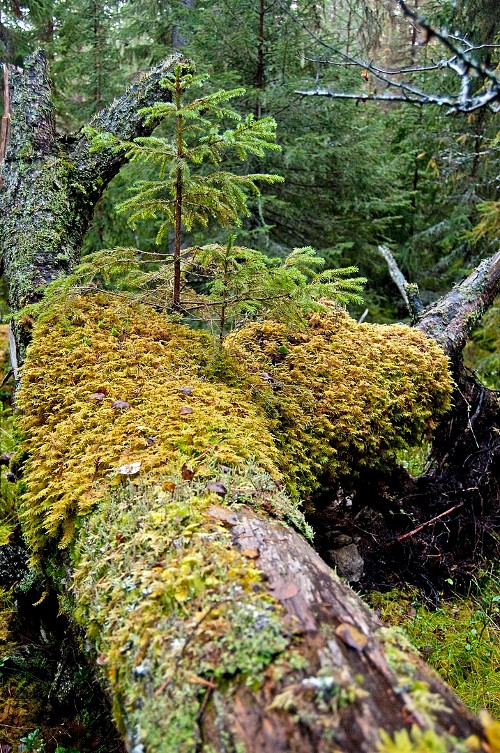
Plant fossils have disclosed how the world we know today has taken shape. They reveal information about past vegetation, climate, ecology and even the evolutionary history of plants. One way to understand the nature of past vegetation is through phytogeography, or the study of distribution of plants since prehistoric times. Scientists can establish the correlation between plant fossils and their surrounding environments, which helps to interpret the past climate.
This is as close as we can get to time travel.
A study of plant fossils also helps us understand their evolutionary history in terms of morphological and anatomical adaptations. The evolution or emergence of land plants happened during a time known as the Silurian Period, where they had to leave their previous home, i.e aquatic habitats. In order to withstand the drying effects of the atmosphere, plants underwent various adaptations such as development of cuticle in their outer surface and formation of roots for anchoring and absorption, to name a few.
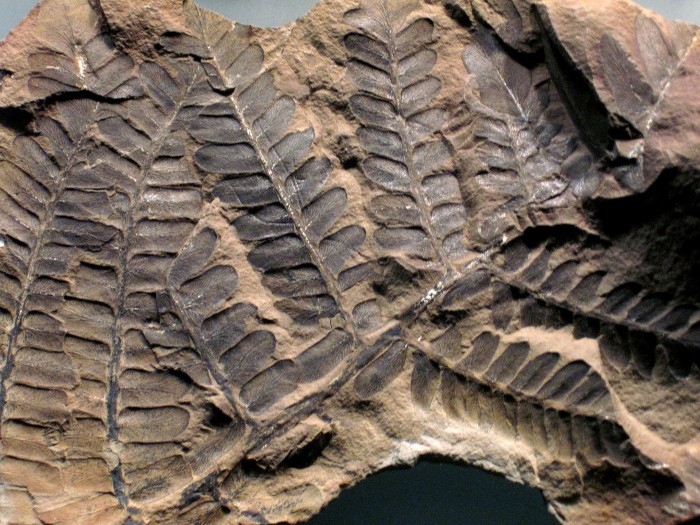
But we haven’t told you yet about what could probably be the most important function of studying plant fossils. Based on the information that these fossils provide, researchers and scientists are trying to reconstruct the Earth’s past climate. This can be done once the distribution of plants in prehistoric times is clearly understood. As reported in the Smithsonian Magazine, plant fossils can reveal information regarding the precipitation and temperature of past climates. Scientists can use this knowledge to further their research on modern climate change.
Fossils of plants, therefore, are more valuable than we ever thought. These precious artefacts deserve more credit than they are given and should be preserved with much care. Not only have these plants provided their services to the planet while still alive, but they continue to do so even after their death.
Subscribe to our newsletter for interesting stories on nature and wildlife!

